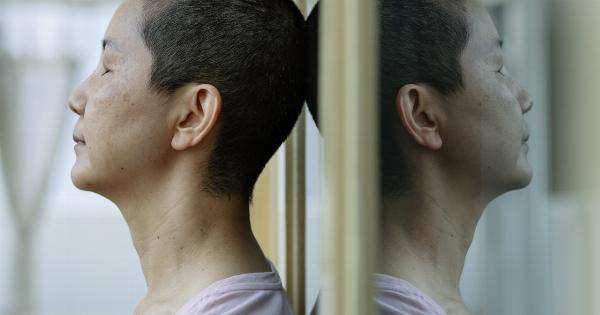Dealing with cancer is an emotional, physical, and psychological challenge. Along with the many complexities of cancer treatment, one of the most pressing issues is managing pain.
Pain can have a significant impact on a cancer patient’s quality of life, affecting their ability to carry out daily activities and leading to psychological distress. In this article, we will explore the various aspects of pain management in cancer and discuss the strategies and challenges involved.
The importance of effective pain management
Pain is a commonly experienced symptom among cancer patients, with estimates suggesting that up to 90% of individuals with advanced cancer experience pain at some point in their illness.
Effective pain management is crucial as untreated or poorly managed pain can have several negative consequences. It can decrease the patient’s overall well-being, disrupt their sleep, appetite, and ability to perform routine tasks, and even lead to depression and anxiety.
Understanding the types of pain
Pain in cancer can originate from various sources and can be acute or chronic. Acute pain is often associated with procedures such as surgery or chemotherapy, while chronic pain may result from the tumor itself or develop as a result of treatment.
Neuropathic pain, bone pain, and visceral pain are some common types of pain experienced by cancer patients.
Multimodal approach to pain management
Treating cancer-related pain requires a multimodal approach that combines various strategies to provide optimal relief.
The World Health Organization (WHO) developed a pain relief ladder that guides healthcare professionals in prescribing appropriate medications based on the intensity of pain. It recommends starting with non-opioid analgesics like paracetamol and nonsteroidal anti-inflammatory drugs (NSAIDs) and gradually escalating to opioids when necessary.
Adjuvant medications such as antidepressants and anticonvulsants may also be used to enhance pain control.
Integrative therapies as adjuncts to pain management
In addition to pharmacological interventions, integrative therapies can play a significant role in enhancing pain management in cancer patients.
Therapies such as acupuncture, massage therapy, relaxation techniques, and music therapy have shown promising results in reducing pain and improving overall well-being. These therapies can be used alongside conventional pain management approaches to provide a holistic and personalized pain management plan.
Challenges in pain assessment
Assessing pain in cancer patients can be challenging due to various factors. Patients themselves may hesitate to report pain due to fear of treatment escalation or concerns about the burden on their caregivers.
Communication barriers, cognitive impairment, and cultural differences can further complicate pain assessment. Healthcare providers need to adopt standardized pain assessment tools and encourage open communication to ensure accurate pain evaluation and appropriate management.
The role of psychosocial support
Psychosocial support is a crucial component of comprehensive pain management in cancer patients. The psychological and emotional impact of pain can often be overwhelming, leading to reduced quality of life.
Supportive therapies such as counseling, support groups, and cognitive-behavioral interventions can help patients cope with pain, manage stress, and improve their overall well-being. Collaborative care involving a multidisciplinary team can address the complex interplay between physical and psychosocial factors, providing more effective pain management.
Adherence to pain management regimen
Pain management in cancer requires not only an effective treatment plan but also patient adherence to the prescribed regimen.
Many factors can affect adherence, including medication side effects, complexity of the regimen, and individual beliefs and preferences. Healthcare professionals should engage in shared decision-making and provide educational resources to empower patients to actively participate in their pain management.
Regular monitoring and reassessment are also essential to ensure the effectiveness of the chosen approach.
Recognizing and addressing barriers to pain management
Despite advances in pain management, many cancer patients still face barriers to adequate pain control. These barriers can be related to healthcare system factors, provider attitudes, patient-related factors, and regulatory issues.
Misconceptions and stigma surrounding opioid use may also deter patients from seeking appropriate pain relief. Addressing these barriers requires a collaborative effort involving policymakers, healthcare providers, patients, and caregivers to ensure equitable access to effective pain management.
End-of-life pain management
For patients nearing the end of their lives, pain management becomes even more critical. Palliative care focuses on providing relief from pain and other distressing symptoms, aiming to improve the quality of life for both the patient and their family.
Appropriate pain management at this stage involves tailoring interventions to the individual’s specific needs and preferences, taking into account physical, emotional, and spiritual aspects. Communication and empathy play key roles in ensuring a dignified and comfortable end-of-life experience.
Conclusion
Pain management in cancer is a multifaceted task that requires a comprehensive approach tailored to each patient’s unique circumstances.
By implementing a multimodal approach, integrating complementary therapies, addressing psychosocial aspects, promoting adherence, and recognizing and addressing barriers, healthcare providers can help cancer patients navigate the complexities of pain management, enhance their quality of life, and improve overall well-being.




























